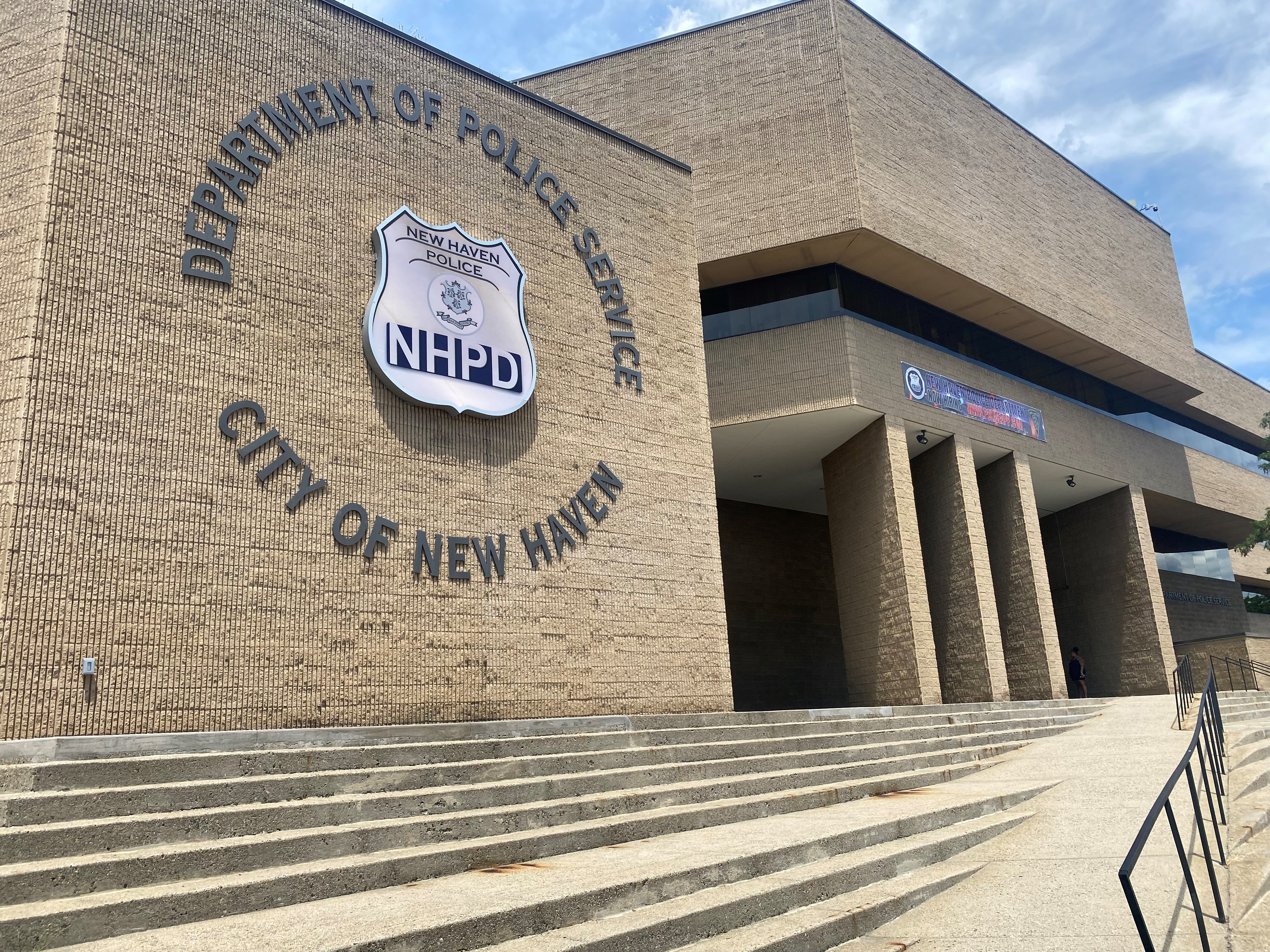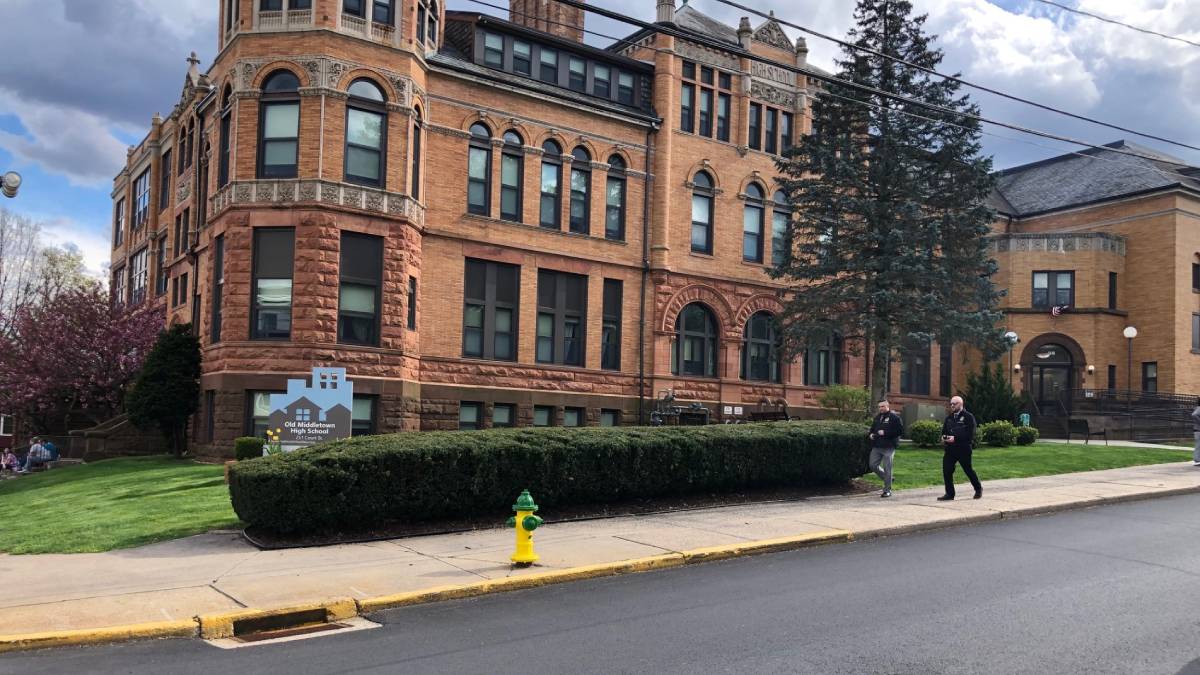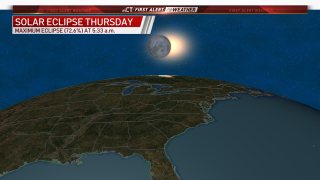
You might want to set your alarm a little earlier Thursday morning. An annular solar eclipse will be visible right here in Connecticut.
Solar eclipses happen when the moon passes in front of the sun. You may remember the last total eclipse in July 2017 when the moon completely covered the sun in parts of the United States.
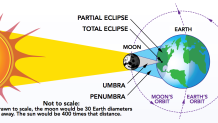
The "Ring of Fire" eclipse will look a little different. Thursday's eclipse is annular, meaning the moon will be farther away from the Earth and appear smaller than the sun in the sky. Because of this, it won't block the entire sun.
Get Connecticut local news, weather forecasts and entertainment stories to your inbox. Sign up for NBC Connecticut newsletters.
Instead, nearly three quarters of the sun will be blocked.
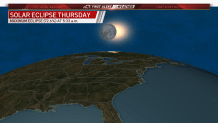
So when can you see the partial eclipse?
Sunrise is at 5:16 a.m. Thursday, and when the sun rises it will be nearly mid-eclipse. The best time to look up will be at 5:33 a.m. (with eye protection) during the max eclipse. Final contact occurs at 6:32 a.m., so if you sleep in a little later you'll still be able to catch part of the solar event.
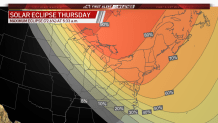
You want to make sure you're somewhere with a clear shot of the sunrise tomorrow morning. But remember, it is extremely dangerous to look directly into the sun so you'll need a pair of solar eclipse glasses. Hopefully you still have them from the last eclipse, but if not there are several ways to make a solar eclipse viewer at home.
What you'll need:
- An empty cereal box
- A pen or pencil
- Scissors
- Tin foil
- Tape
- White paper
- A nail or needle
Steps:
- Place the cereal box on top of the paper
- Trace the base of the cereal box with a pen or pencil
- Cut out the shape of the cereal box on the paper
- Tape the cutout paper inside the cereal box on the bottom
- Close the top of the box and cut a hole on either side of the top (this will serve as your eyehole)
- Place tin foil over one of the holes and tape it down
- Pierce the foil with your nail or needle
To view it, stand with your back towards the sun. Look through the hole not covered with tin foil and you will see the various stages of the eclipse projected onto the white paper at the bottom.

